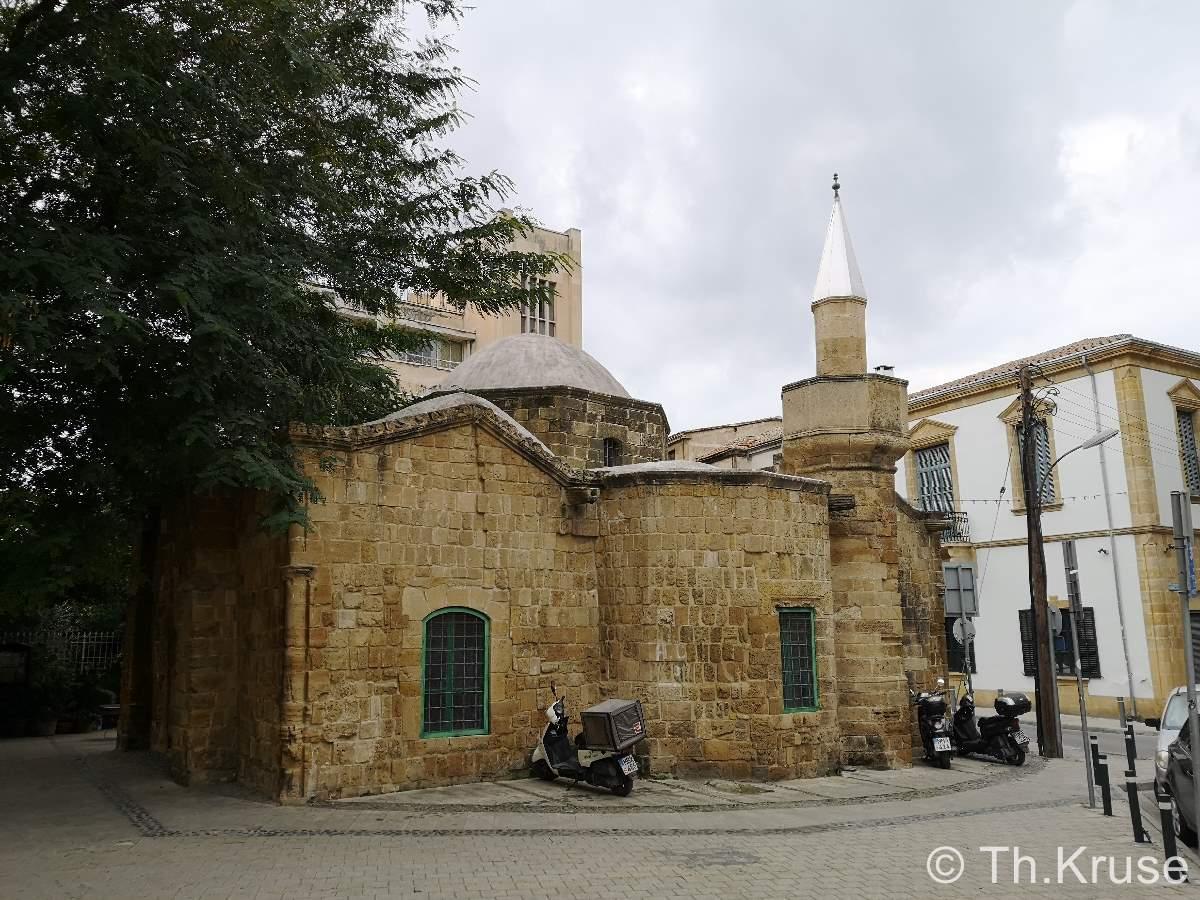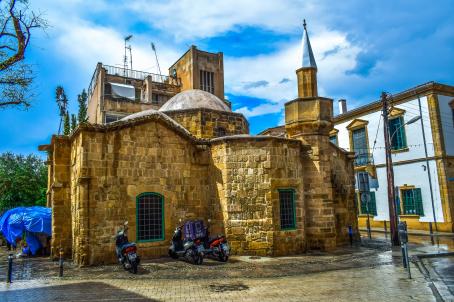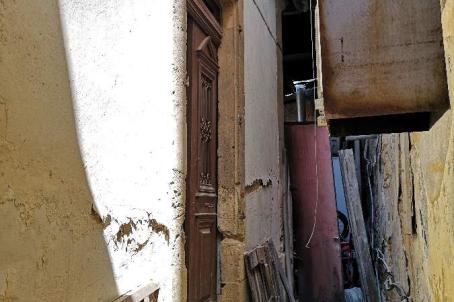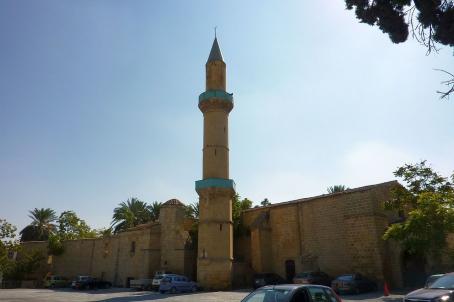Nicosia Arablar Mosque
The early history of Arablar Mosque, located in close proximity to the Greek Orthodox Phaneromeni Church (in the eponymous quarter), is still obscure. This building was originally erected as a church. Most experts assume that this church was built in the 16th century. It is still not possible to determine exactly which church it was originally.
About this building
The conversion work resulted in the walling up of the church's western and southern entrances. Bağişkan pointed out that the minaret was not added right after the conversion. First, only steps led to the roof, and in a later period, a small minaret was added. Today's minaret was very likely built after 1910. Inside, a mihrab was inserted into the southern wall. Major conservation measures were carried out in 1910, 1963 and 1985. There was also a garden around the mosque, which was enclosed by a wall; both disappeared sometime after 1930. According to Jefferey, the mosque was used little in the mid-1935s.
For more information on this building visit https://www.cyreligiousheritage.org/districts/Nicosia/village/65






